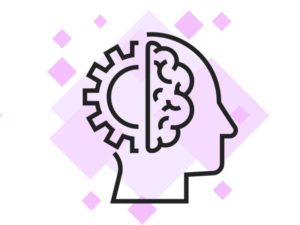 While it’s undoubtedly seen as a regulatory obstacle by many organizations, the European Union’s PSD2 is helping to pave the way for open banking, requiring financial institutions to allow Third-party Payments Providers, or TPPs, to interface with them via APIs. This represents an opportunity to foster greater fluidity and convenience in banking for consumers, but as BioCatch warns, it’s also an opportunity for fraudsters.
While it’s undoubtedly seen as a regulatory obstacle by many organizations, the European Union’s PSD2 is helping to pave the way for open banking, requiring financial institutions to allow Third-party Payments Providers, or TPPs, to interface with them via APIs. This represents an opportunity to foster greater fluidity and convenience in banking for consumers, but as BioCatch warns, it’s also an opportunity for fraudsters.
In a new blog post, the company warns that many financial institutions “do not currently have the security solutions they need to monitor TPPs for banking risk,” adding, “Cyber criminals will take advantage of the speed and novelty of open banking as well as the weaknesses of TPPs to launch attacks against banks — whether they are prepared or not.”
To help the leaders of financial services organizations understand the threat, BioCatch has issued an infographic laying it all out. New account fraud, RAT attacks, malware, and account takeover are all highlighted as potential threats, with BioCatch also pointing out that PSD2 is going to make payments easier for consumers, raising the number of overall transaction volumes across multiple channels – which in turn opens up more threat vectors.
It all makes for a vicious cycle in terms of digital threats, but it’s also a situation in which behavioral biometrics can be effectively used to mitigate those threats. By assessing patterns in user behavior for abnormalities that can serve as red flags for potential fraud, behavioral biometrics technology can be deployed without the need for any particular actions from end users – indeed, consumers may not even realize they’re being authenticated when performing digital transactions.
It’s an approach to security in the PSD2 era that makes a lot of sense, and is sure to be highlighted in FindBiometrics’ latest webinar this week, which will feature executives from BioCatch, FacePhi, IDEMIA, and Money20/20 in an expert discussion of biometric FinTech. The free webinar will be held on Wednesday, November 7th, at 11am ET; and in the meantime, BioCatch’s helpful infographic is available from its website.







Follow Us